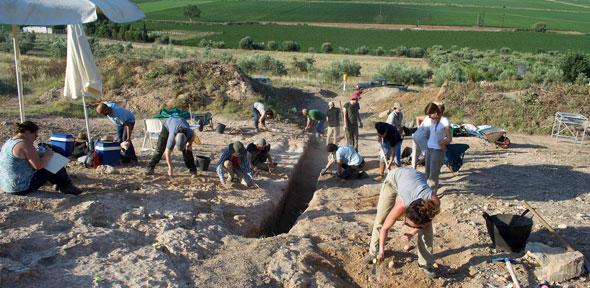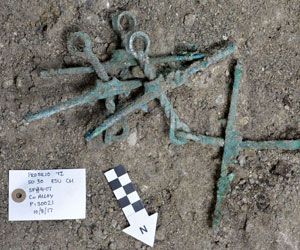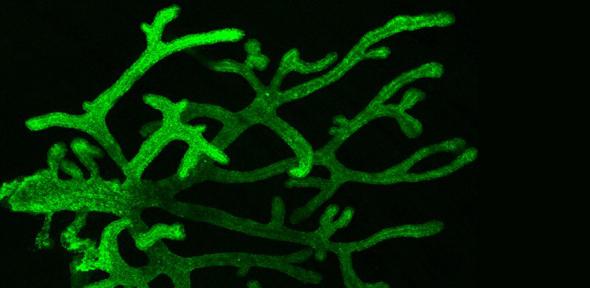
Researchers from the University of Cambridge, the University of East Anglia (UEA) and the Peruvian Ministry of Environment assessed the effectiveness of different approaches to conservation in the Peruvian Amazon between 2006 and 2011. They found that while all were effective at protecting the rainforest compared with non-protected areas of land, the areas protected by local and indigenous communities were on average more effective than those protected by the government.
However, the effectiveness of the conservation strategies also depended on what non-protected areas they were compared to, and the land use restrictions in place in the non-protected land. Future assessments of the impacts of different conservation strategies should therefore pay closer attention to land use restrictions in place in non-protected lands. The results are reported in the journal Scientific Reports.
Although the Amazon rainforest and its unique biodiversity are rapidly disappearing, little is still known about which protection mechanisms make a difference and how different conservation strategies compare.
The study looked at areas protected by the national government, indigenous communities or civil society and the private sector are, compared to non-protected areas and land destined for timber and mineral extraction. The researchers assessed each approach for how well it was able to curtail deforestation, defined as total forest cover loss, and forest degradation, defined as other human-induced disturbances, such as selective logging, logging tracks and fire.
The researchers combined remote sensing data with environmental and socio-economic datasets to assess each approach, and controlled for other factors that are expected to affect deforestation and forest degradation.
“Our results that these diverse types of protected areas were effective at reducing deforestation and forest degradation compared to non-protected areas are very encouraging,” said lead author Dr Judith Schleicher, from Cambridge’s Department of Geography. The larger reduction in deforestation and forest degradation in areas led by indigenous communities and grassroots groups suggests that local ownership and support for protecting the Peruvian Amazon can be a particularly effective approach.
“Policy makers must focus on a more diverse set of mechanisms for protecting the rapidly disappearing tropical forests,” said Schleicher. “Our analysis shows that local stewardship of the forest can be very effective at curtailing forest degradation and conversion in the Peruvian Amazon. Local conservation initiatives deserve more political, financial and legal support than they currently receive.”
“Our analysis shows that there is no single way of protecting tropical forests, and multiple approaches are required to stem the relentless tide of forest conversion and degradation,” said co-author Professor Carlos Peres from UEA’s School of Environmental Sciences.
The research was supported by the Economic and Social Research Council, the Cambridge Political Economy Society, Cambridge Philosophical Society, St John’s College, and the Department of Geography.
Reference:
Judith Schleicher et al. ‘Conservation performance of different conservation governance regimes in the Peruvian Amazon.’ Scientific Reports (2017). DOI: 10.1038/s41598-017-10736-w
Conservation initiatives led by local and indigenous groups can be just as effective as schemes led by government, according to new research. In some cases in the Amazon rainforest, grassroots initiatives can be even more effective at protecting this vital ecosystem. This is particularly important due to widespread political resistance to hand over control over forests and other natural resources to local communities.

The text in this work is licensed under a Creative Commons Attribution 4.0 International License. For image use please see separate credits above.






 Once huge quantities of soil and rubble had been carefully excavated, the archaeologists found in the chamber the remains of a man, aged 40 to 50 years. He was accompanied by a selection of fine objects: jewellery made in a range of materials, combs, pins, a pair of horse bits, arrowheads, a bow, a sealstone, a signet ring, and a group of tinned clay vessels of various shapes.
Once huge quantities of soil and rubble had been carefully excavated, the archaeologists found in the chamber the remains of a man, aged 40 to 50 years. He was accompanied by a selection of fine objects: jewellery made in a range of materials, combs, pins, a pair of horse bits, arrowheads, a bow, a sealstone, a signet ring, and a group of tinned clay vessels of various shapes.




























